-
 Bitcoin
Bitcoin $119000
-2.21% -
 Ethereum
Ethereum $4315
1.01% -
 XRP
XRP $3.151
-3.11% -
 Tether USDt
Tether USDt $0.0000
0.00% -
 BNB
BNB $808.5
-0.71% -
 Solana
Solana $175.8
-4.21% -
 USDC
USDC $0.9999
0.00% -
 Dogecoin
Dogecoin $0.2250
-3.92% -
 TRON
TRON $0.3469
1.77% -
 Cardano
Cardano $0.7818
-3.81% -
 Chainlink
Chainlink $21.47
-2.10% -
 Hyperliquid
Hyperliquid $43.30
-6.81% -
 Stellar
Stellar $0.4370
-2.84% -
 Sui
Sui $3.682
-4.40% -
 Bitcoin Cash
Bitcoin Cash $590.8
2.67% -
 Hedera
Hedera $0.2484
-5.20% -
 Ethena USDe
Ethena USDe $1.001
0.00% -
 Avalanche
Avalanche $23.10
-4.29% -
 Litecoin
Litecoin $119.2
-3.96% -
 Toncoin
Toncoin $3.409
0.90% -
 UNUS SED LEO
UNUS SED LEO $9.016
-1.29% -
 Shiba Inu
Shiba Inu $0.00001304
-3.82% -
 Uniswap
Uniswap $11.18
1.33% -
 Polkadot
Polkadot $3.913
-3.51% -
 Cronos
Cronos $0.1672
-3.08% -
 Dai
Dai $1.000
0.02% -
 Ethena
Ethena $0.7899
-4.70% -
 Bitget Token
Bitget Token $4.400
-1.23% -
 Pepe
Pepe $0.00001132
-5.93% -
 Monero
Monero $257.9
-6.44%
What is a coin-margined perpetual contract trading system?
In a coin-margined perpetual contract trading system, traders bet on the future price of cryptocurrency using the same cryptocurrency as collateral and can hold their positions indefinitely or until they decide to close them.
Dec 14, 2024 at 10:24 pm
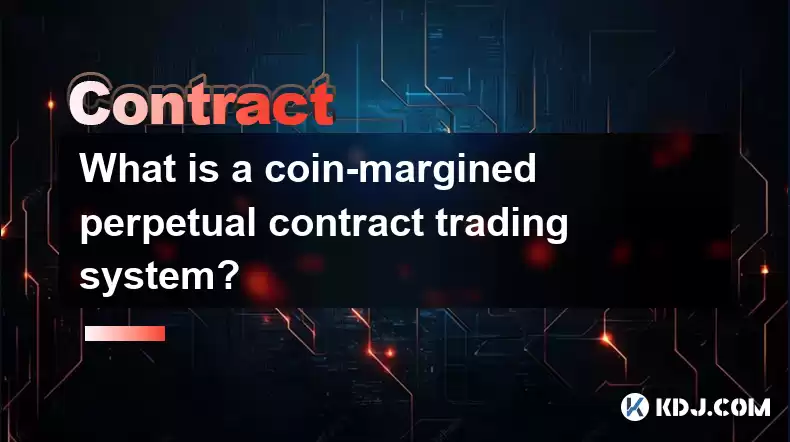
What is a Coin-Margined Perpetual Contract Trading System?
Introduction:
A coin-margined perpetual contract trading system is a financial instrument that allows traders to speculate on the future price of a cryptocurrency using a collateral of the same cryptocurrency. Unlike futures contracts, perpetual contracts do not have an expiration date, enabling traders to hold their positions indefinitely or until they decide to close them. This system is gaining popularity in the cryptocurrency space due to its unique advantages, such as increased leverage, liquidity, and 24/7 trading.
How Does a Coin-Margined Perpetual Contract Trading System Work?
- Trading on Margin: Traders can trade on margin by providing a percentage of the total contract value as collateral, allowing them to control a higher notional value than their initial investment. This amplifies both potential profits and losses.
- Initial Margin and Maintenance Margin: The initial margin represents the minimum amount required to open a position, while the maintenance margin is the minimum amount that must be maintained to keep the position open. If the account value falls below the maintenance margin, a margin call may be triggered, requiring the trader to add more collateral or face liquidation.
- Perpetual Contracts: Unlike traditional futures contracts, perpetual contracts do not have an expiration date, providing traders with the flexibility to hold positions for extended periods or close them whenever desired.
- Funding Rate: Coin-margined perpetual contracts employ a funding rate mechanism to ensure the price of the perpetual contract tracks the spot price of the underlying cryptocurrency. The funding rate is a periodic payment made by traders who are long (betting on a price increase) to traders who are short (betting on a price decrease), or vice versa. This mechanism helps align the perpetual contract price with the spot market.
Advantages of Coin-Margined Perpetual Contracts:
- Increased Leverage: Traders can access higher leverage compared to spot trading, potentially amplifying both profits and losses.
- 24/7 Liquidity: Coin-margined perpetual contracts offer round-the-clock liquidity, enabling traders to enter or exit positions at any time.
- No Expiration: Traders can hold their positions indefinitely without the need to roll them over, eliminating the risk of expiration-related losses.
- Reduced Slippage: Due to the high liquidity, traders can execute large orders with minimal slippage, improving trade execution quality.
- Convenience: Coin-margined perpetual contracts simplify the trading process by eliminating the need for separate collateral management and complex order types.
Risks of Coin-Margined Perpetual Contracts:
- High Volatility: Cryptocurrencies are known for their volatility, which can significantly impact the value of perpetual contracts and lead to rapid losses.
- Margin Calls: Traders must closely monitor their account balances to prevent margin calls, which can result in forced liquidation of their positions.
- Funding Rate: Traders need to consider the funding rate when entering or exiting trades to avoid unexpected costs or revenue streams.
- Leverage Risk: While leverage can amplify profits, it also magnifies potential losses. Traders باید be cautious when using high leverage levels.
- Counterparty Risk: The reliability and financial stability of the trading platform are crucial factors to consider, as they hold the traders' funds and execute their orders.
Disclaimer:info@kdj.com
The information provided is not trading advice. kdj.com does not assume any responsibility for any investments made based on the information provided in this article. Cryptocurrencies are highly volatile and it is highly recommended that you invest with caution after thorough research!
If you believe that the content used on this website infringes your copyright, please contact us immediately (info@kdj.com) and we will delete it promptly.
- Bitcoin, CPI, and Market Fears: Navigating the Crypto Landscape
- 2025-08-12 15:10:13
- BTC Traders Eye ETH Targets as CPI Looms: A New York Minute
- 2025-08-12 15:10:13
- Ethereum, Cold Wallets, and Presales: What's Hot Now?
- 2025-08-12 15:30:12
- Bitcoin, XRP, and Monetary Alternatives: Navigating the Crypto Landscape in 2025
- 2025-08-12 15:30:12
- XRP Breakout Watch: Institutional Volume Signals Potential Surge
- 2025-08-12 15:35:19
- XRP, Market Cap, and Institutional Adoption: A New Era for Crypto?
- 2025-08-12 15:35:19
Related knowledge
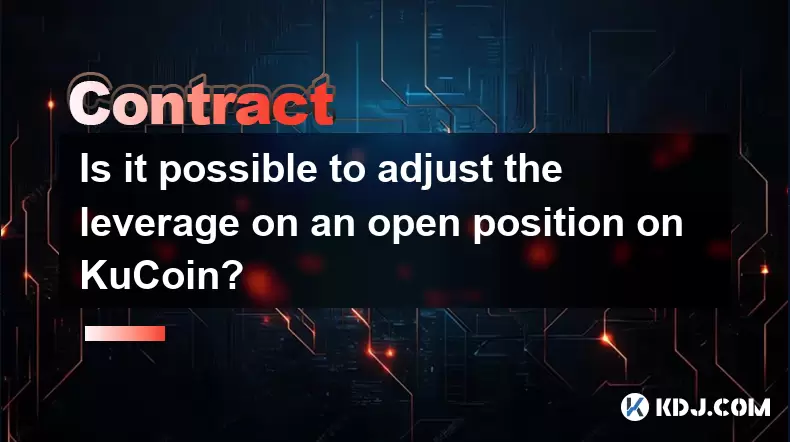
Is it possible to adjust the leverage on an open position on KuCoin?
Aug 09,2025 at 08:21pm
Understanding Leverage in KuCoin Futures TradingLeverage in KuCoin Futures allows traders to amplify their exposure to price movements by borrowing fu...
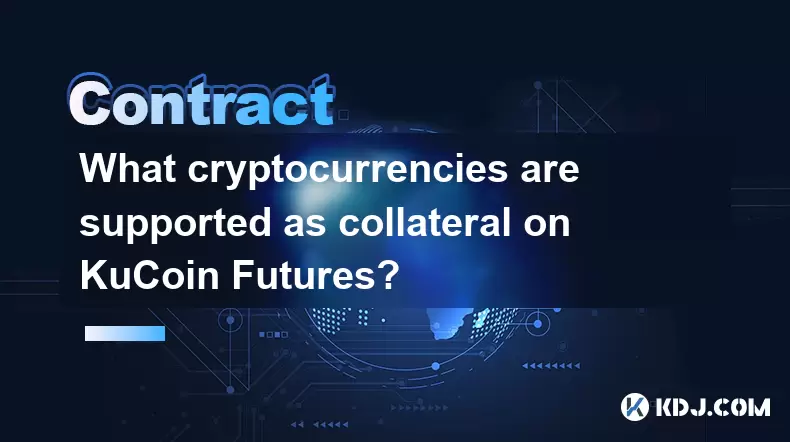
What cryptocurrencies are supported as collateral on KuCoin Futures?
Aug 11,2025 at 04:21am
Overview of KuCoin Futures and Collateral MechanismKuCoin Futures is a derivatives trading platform that allows users to trade perpetual and delivery ...
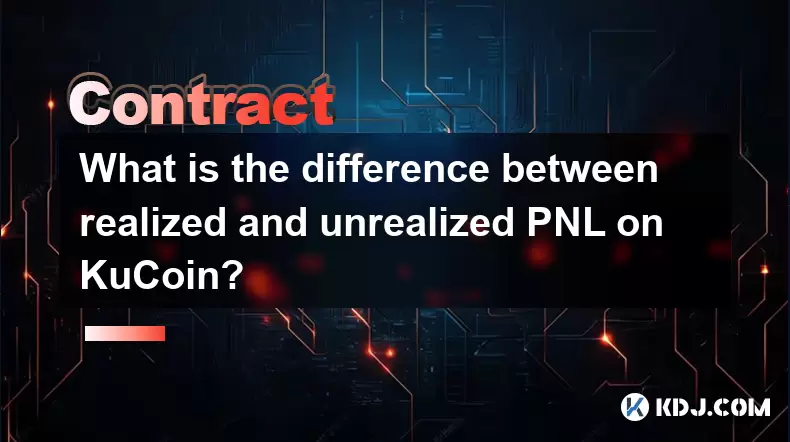
What is the difference between realized and unrealized PNL on KuCoin?
Aug 09,2025 at 01:49am
Understanding Realized and Unrealized PNL on KuCoinWhen trading on KuCoin, especially in futures and perpetual contracts, understanding the distinctio...
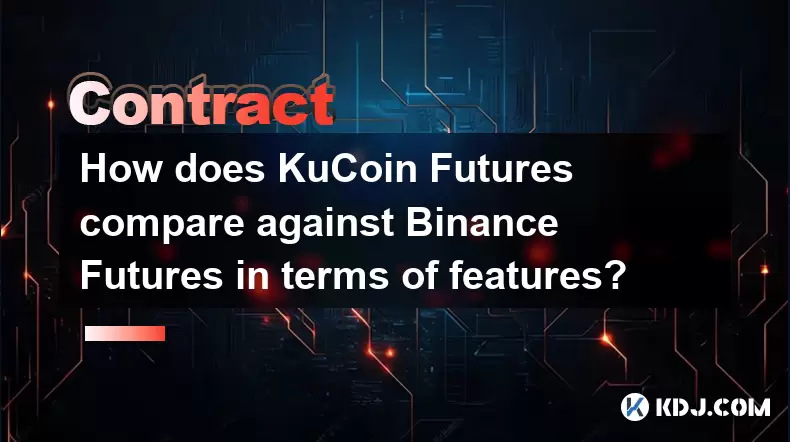
How does KuCoin Futures compare against Binance Futures in terms of features?
Aug 09,2025 at 03:22am
Trading Interface and User ExperienceThe trading interface is a critical component when comparing KuCoin Futures and Binance Futures, as it directly i...
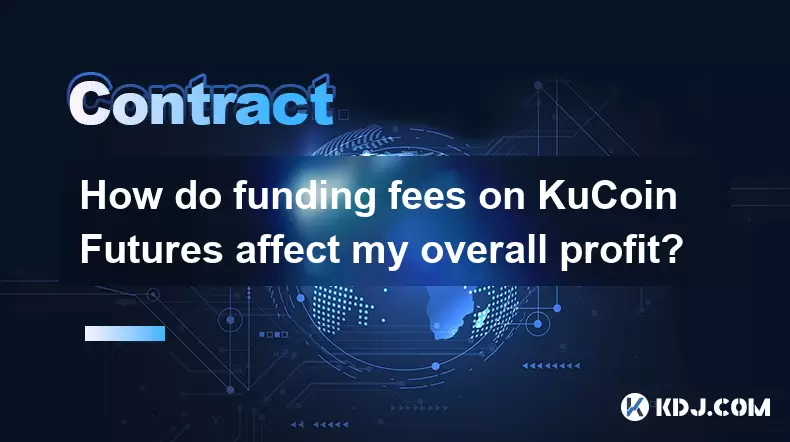
How do funding fees on KuCoin Futures affect my overall profit?
Aug 09,2025 at 08:22am
Understanding Funding Fees on KuCoin FuturesFunding fees on KuCoin Futures are periodic payments exchanged between long and short position holders to ...
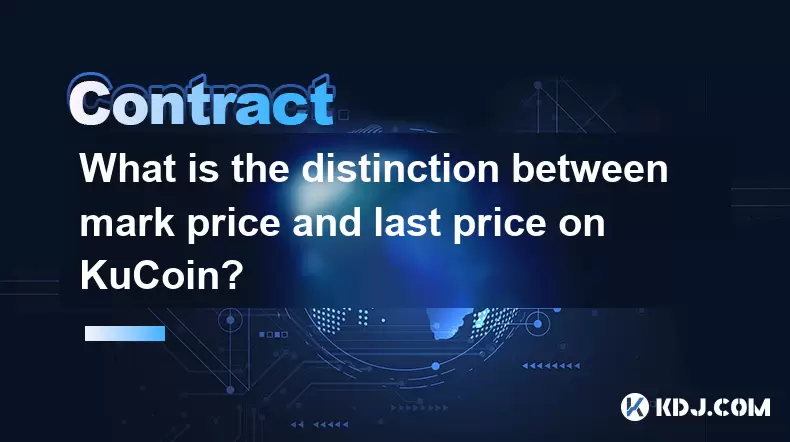
What is the distinction between mark price and last price on KuCoin?
Aug 08,2025 at 01:58pm
Understanding the Basics of Price in Cryptocurrency TradingIn cryptocurrency exchanges like KuCoin, two key price indicators frequently appear on trad...

Is it possible to adjust the leverage on an open position on KuCoin?
Aug 09,2025 at 08:21pm
Understanding Leverage in KuCoin Futures TradingLeverage in KuCoin Futures allows traders to amplify their exposure to price movements by borrowing fu...

What cryptocurrencies are supported as collateral on KuCoin Futures?
Aug 11,2025 at 04:21am
Overview of KuCoin Futures and Collateral MechanismKuCoin Futures is a derivatives trading platform that allows users to trade perpetual and delivery ...

What is the difference between realized and unrealized PNL on KuCoin?
Aug 09,2025 at 01:49am
Understanding Realized and Unrealized PNL on KuCoinWhen trading on KuCoin, especially in futures and perpetual contracts, understanding the distinctio...

How does KuCoin Futures compare against Binance Futures in terms of features?
Aug 09,2025 at 03:22am
Trading Interface and User ExperienceThe trading interface is a critical component when comparing KuCoin Futures and Binance Futures, as it directly i...

How do funding fees on KuCoin Futures affect my overall profit?
Aug 09,2025 at 08:22am
Understanding Funding Fees on KuCoin FuturesFunding fees on KuCoin Futures are periodic payments exchanged between long and short position holders to ...

What is the distinction between mark price and last price on KuCoin?
Aug 08,2025 at 01:58pm
Understanding the Basics of Price in Cryptocurrency TradingIn cryptocurrency exchanges like KuCoin, two key price indicators frequently appear on trad...
See all articles

























































































